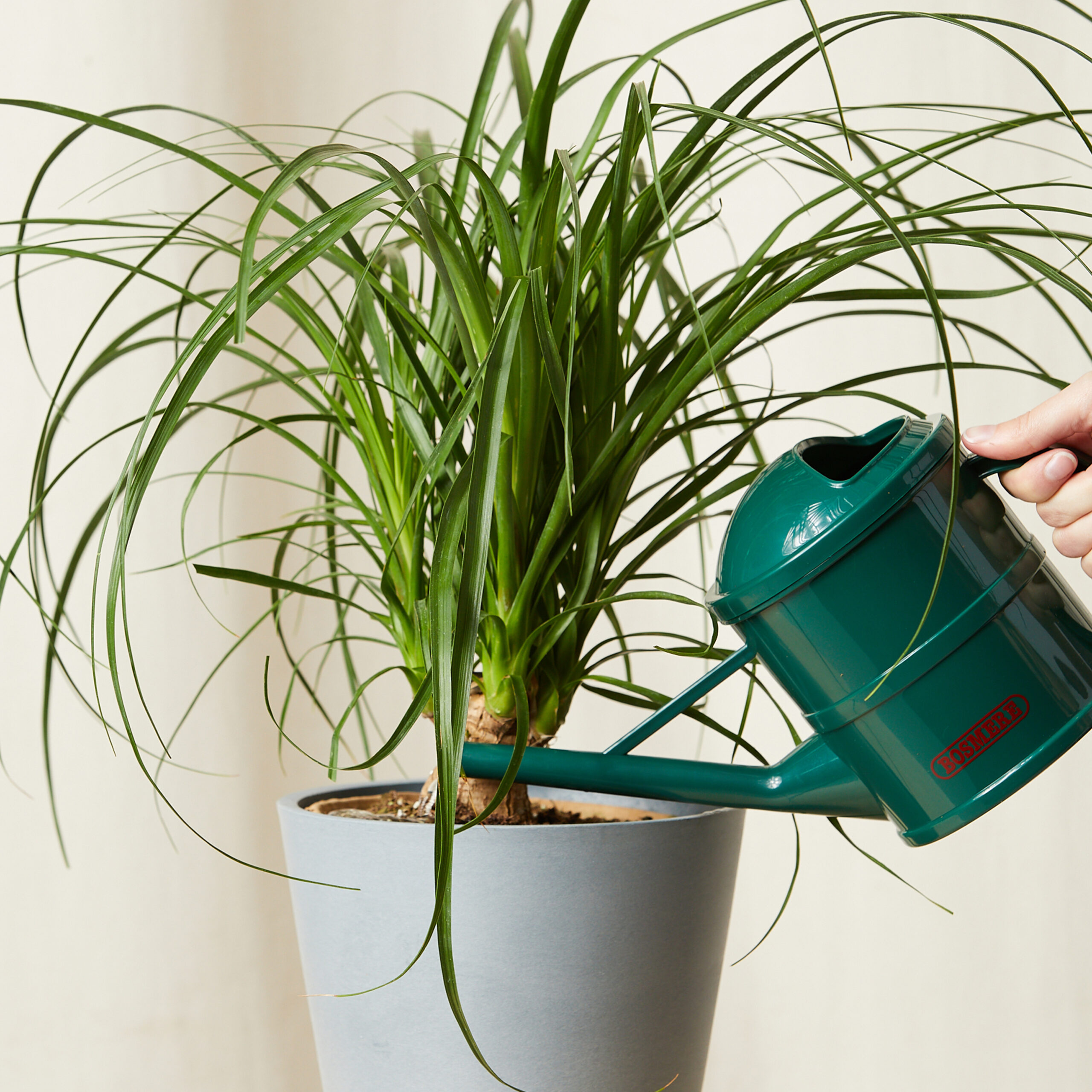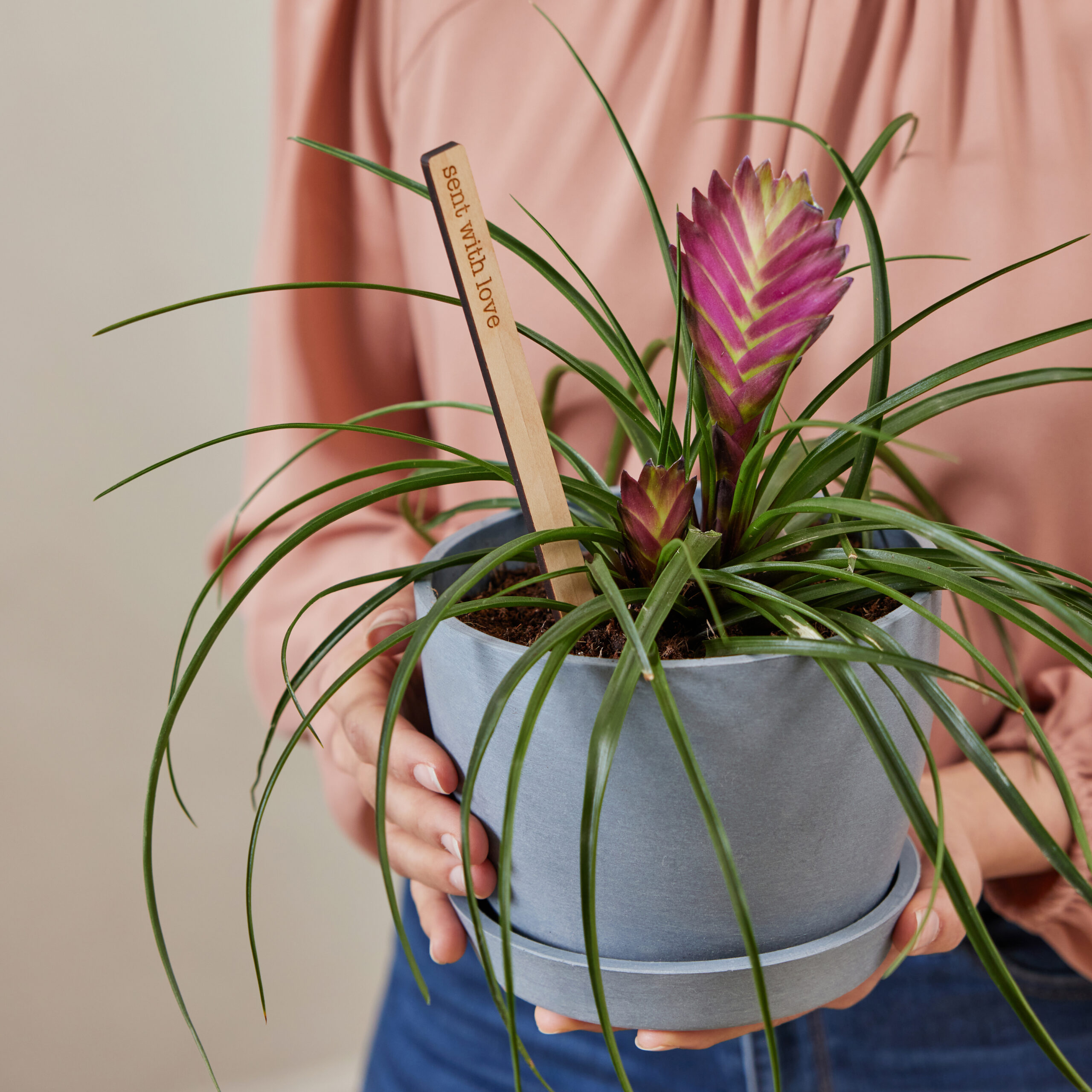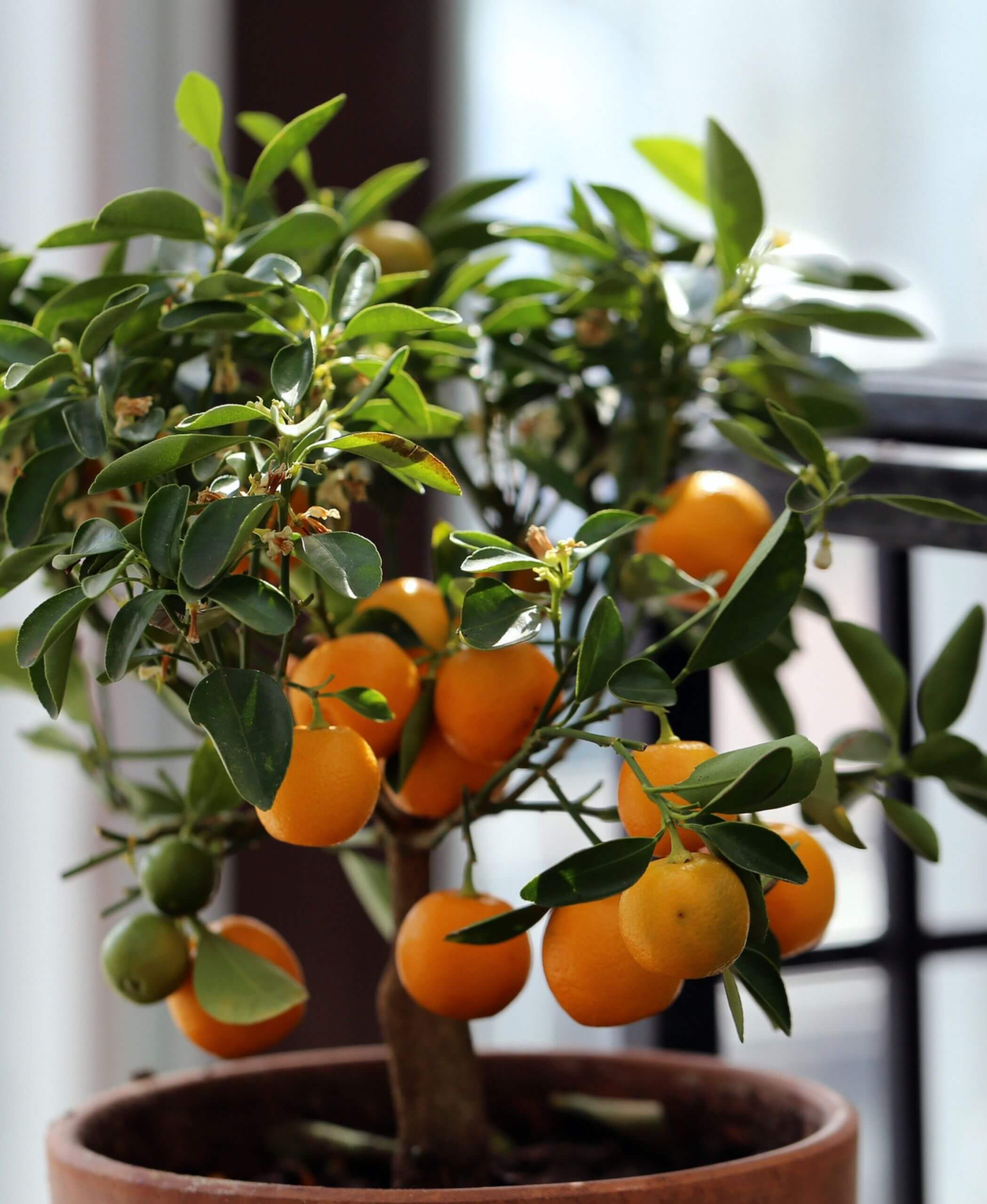Are these older leaves?
If some of your tree’s leaves are yellow, but you still see healthy new growth, it could just be the natural shedding of older leaves. As fruit trees exit hibernation and the growing season restarts, the plant will shed its older leaves to preserve energy toward new growth. The dropping of yellow leaves can also occur if you move your Orange Tree back outside in the spring due to an elevated level of sunlight. This should ease quickly.
Could you be overwatering your orange tree?
Orange trees are sensitive to overwatering but also like to have their soil kept relatively moist—a fine balance. Too much water trapped in the soil blocks the roots from taking up nutrients, and over time can cause the roots to rot. You should always ensure 50% of the soil volume has become dry before your next watering, and make sure the tree is in a pot with proper drainage.
If you suspect overwatering might be the cause, dig around the roots to assess them. White roots are healthy, whereas brown or black roots that are slimy are suffering from rot. If this is the case, you need to repot your tree and trim back any of the suffering roots.
Is your orange tree suffering from a nutritional deficiency?
Fruit trees demand a lot of nutrients, so it’s possible that your tree could have a nutrient deficiency. During the growing season in spring and summer give your tree some fertilizer once a month. Look for a citrus tree fertilizer or a high potassium fertilizer that will help your tree grow its fruit.
Does your orange tree have an insect problem?
If the yellowing on your leaves is developing in clustering spots, you might have a sap-sucking insect problem. Spider mites, scale bugs, and mealybugs are a few that can suck the nutrients out of your tree. If you see any of these pests, be sure to quarantine your plant and treat it immediately.











